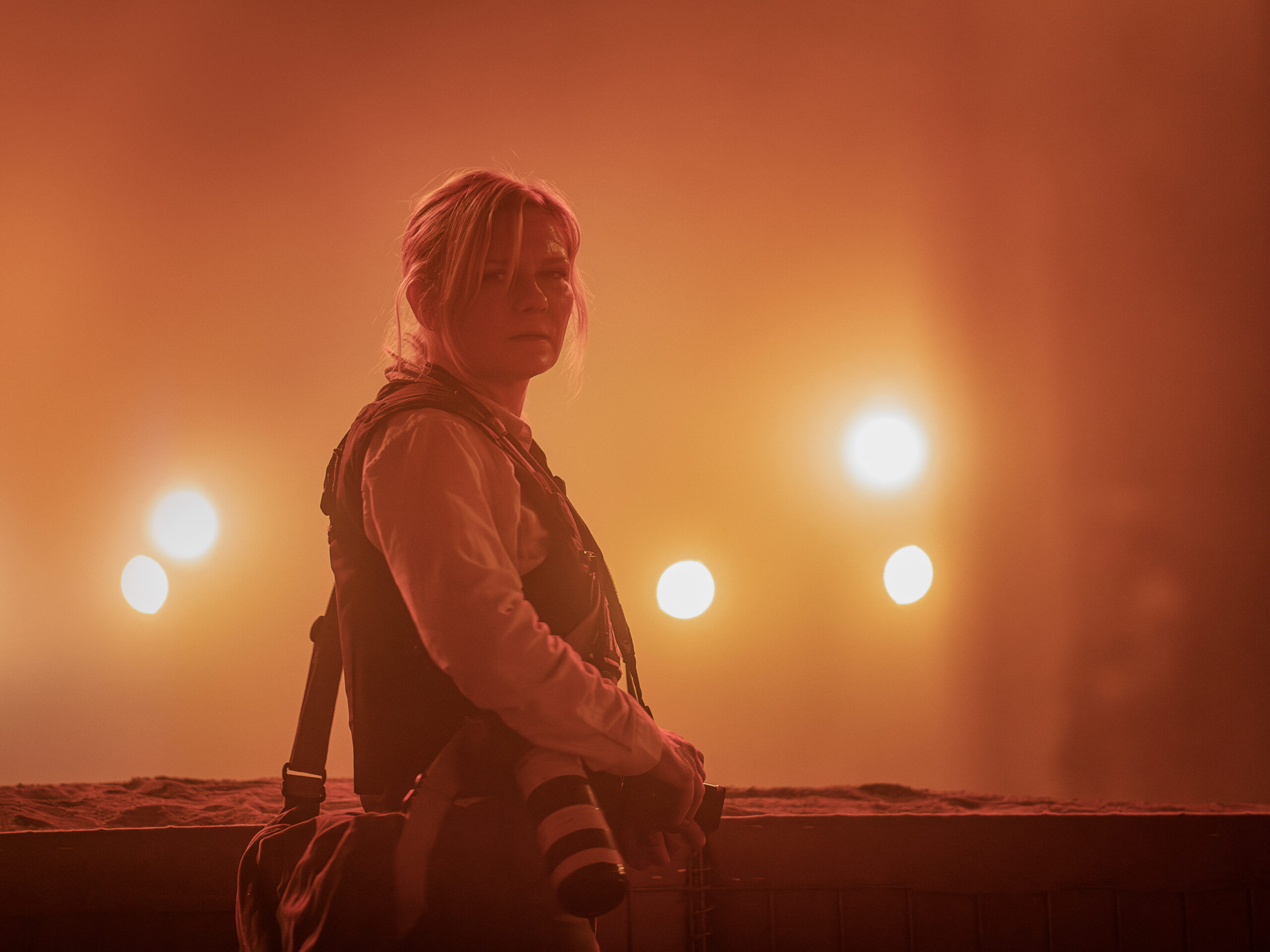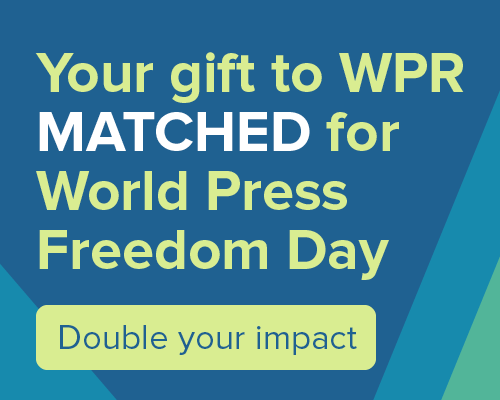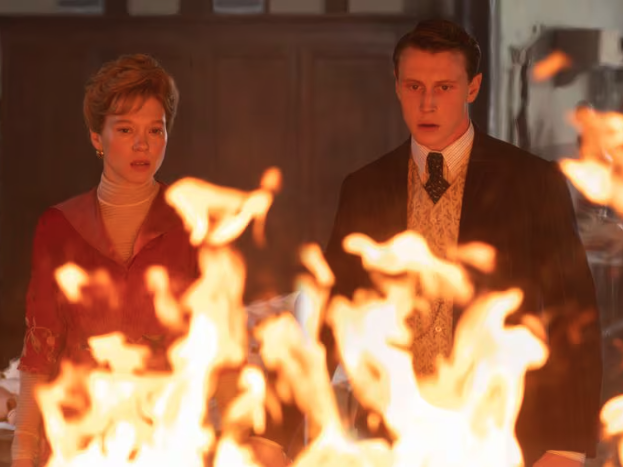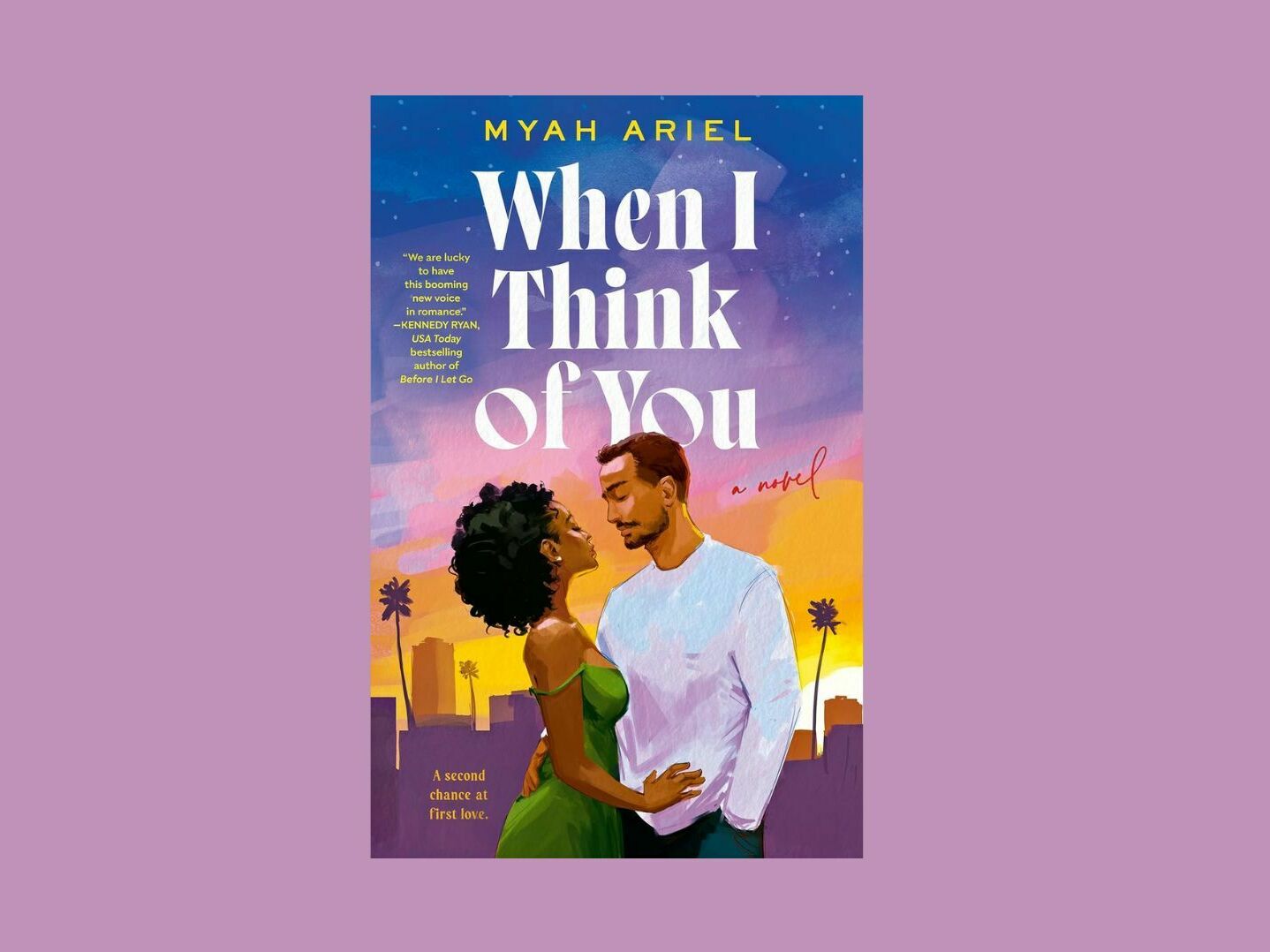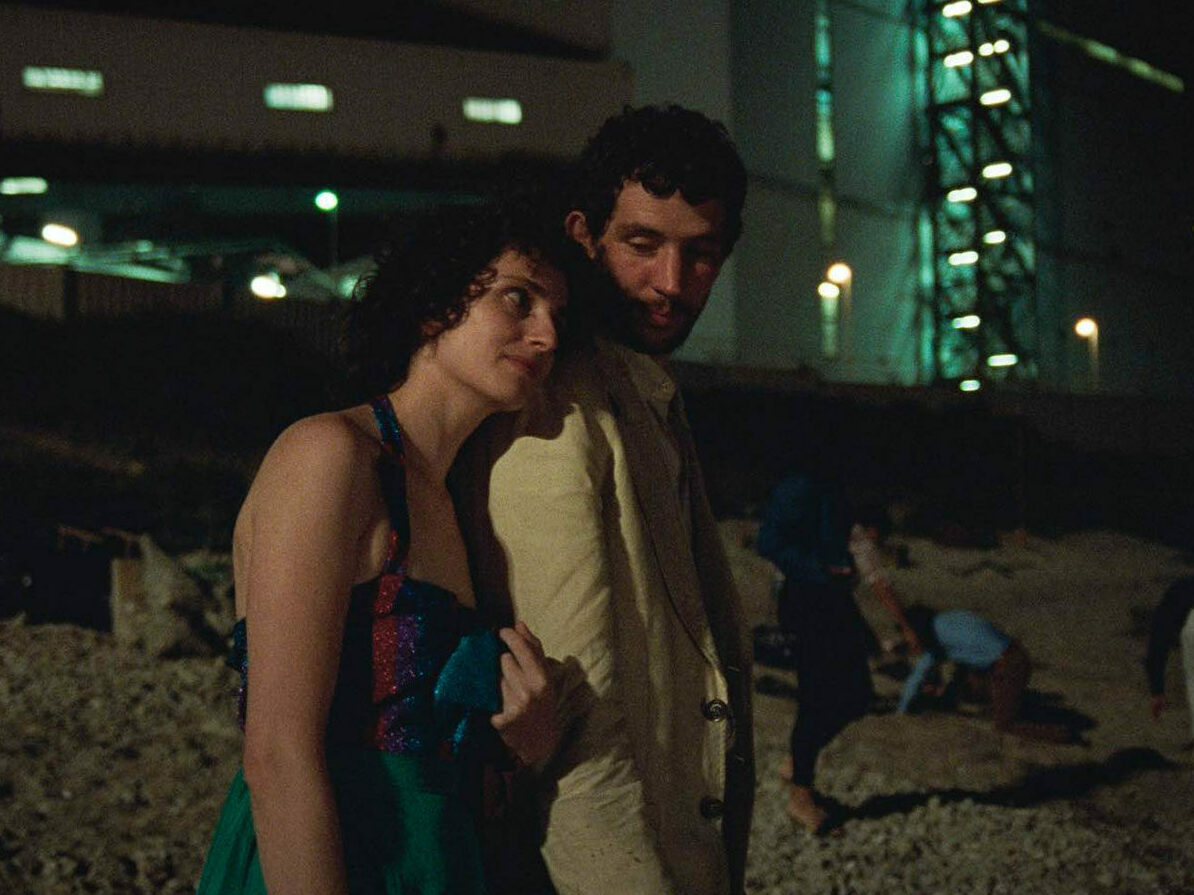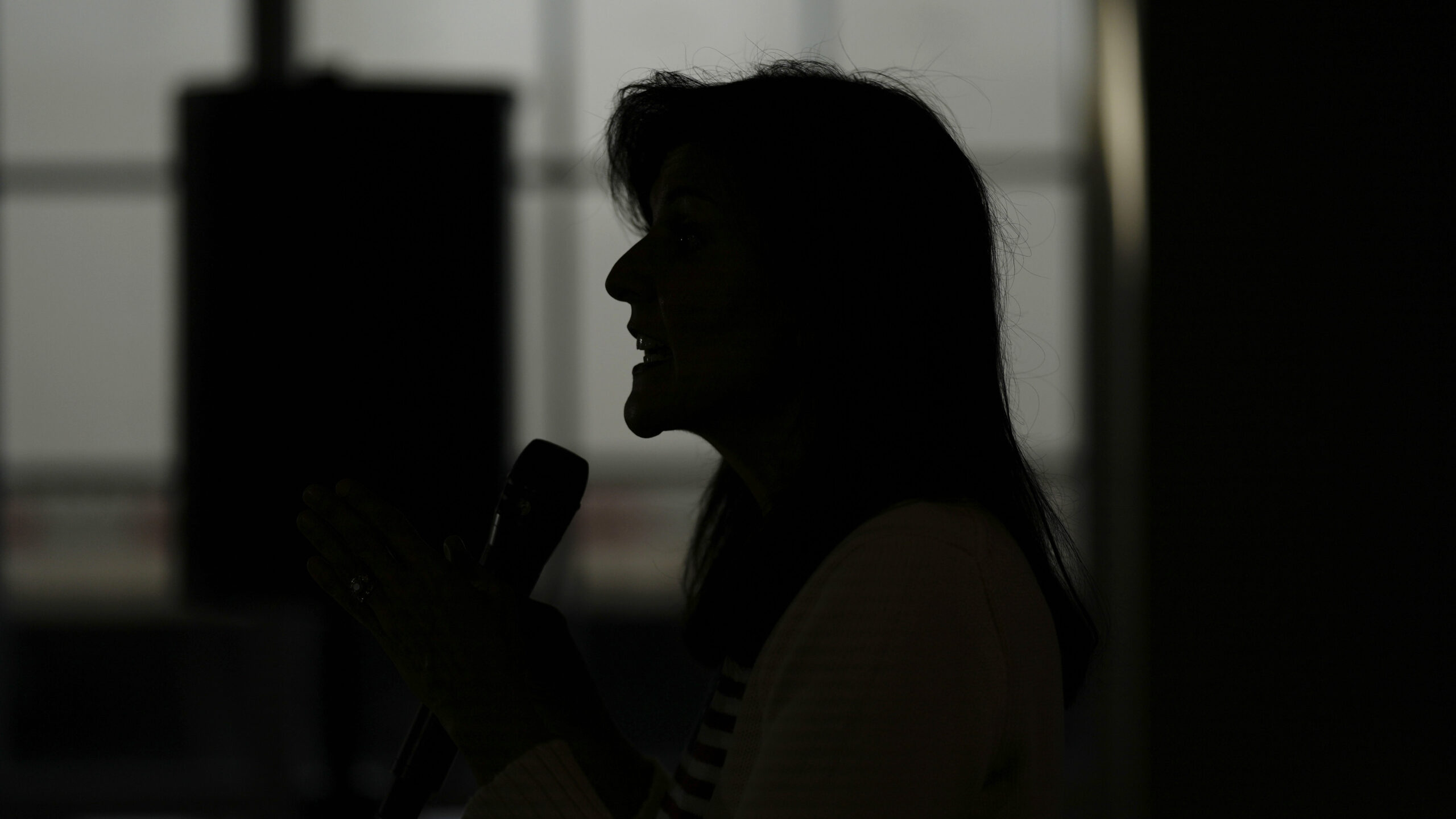Releasing a movie called Civil War in this election year is certainly one way to grab headlines. Surprisingly, though, Alex Garland‘s ambitious new thriller largely sidesteps the politics of the present moment.
It wants to sound a queasy note of alarm, as if the democracy doomsday scenario it’s showing us could really happen, but it’s hard to buy into a premise that feels this thinly sketched. The story takes place in a not-so-distant future where Texas and California have improbably joined forces and seceded from the U.S.
Florida, not to be outdone, has also broken away on its own. The president, a third-term tyrant played by Nick Offerman, has responded by calling in the troops and launching airstrikes on his fellow Americans, plunging the country into poverty and lawlessness.
Stay informed on the latest news
Sign up for WPR’s email newsletter.
Garland keeps a lot of the details vague; he’s less interested in how we might have gotten here than in how we would respond. To that end, he focuses on characters whose job it is to document what’s happening.
Kirsten DunstAccompanying Lee on this dangerous journey are two seasoned colleagues: Joel, a wily reporter played by Wagner Moura from Narcos, and Sammy, a veteran political writer played by the always outstanding Stephen McKinley Henderson.
Per movie convention, there’s also an inexperienced young outsider: Jessie, an aspiring war photographer played by Cailee Spaeny, the star of last year’s biopic Priscilla. Not long into their trip, the four journalists stumble on a tense scene at a gas station where three armed men are holding two other men captive. The journalists get away without incident, but Jessie was deeply disturbed by what what was happening, started second guessing herself and didn’t get the shot.
In time, Jessie gets better at her job; more than that, she becomes hooked. The movie is partly about the addictive thrill of thrusting a camera into a war zone. But it’s also about the trauma and desensitization that these photographers experience as they put their emotions aside and do everything they can to get that perfect shot.
Civil War 28 Days LaterAnnihilationBut as stunningly detailed as Civil War‘s dystopia is, from moment to moment, I hardly believed a thing I was seeing. As Lee and her pals inch closer to D.C., they go from one violent set-piece to another, each one calculated for maximum terror.
There’s a nasty ambush at a Christmas theme-park display in the middle of nowhere, followed by a chilling encounter with a gun-toting racist psychopath played, in a mordant touch, by Jesse Plemons, Dunst’s off-screen husband. The result is more of a button-pushing genre exercise than a serious reckoning with the consequences of the movie’s premise. By the time the characters arrive at their destination, just in time for a daring raid on the White House, Civil War feels ever more like an empty stunt — a thought experiment that hasn’t been especially well thought out.
If there’s one thing that keeps you watching, though, it’s Dunst’s performance as a battle-scarred professional doing her job under horrific circumstances that she’s too numb to feel horrified by. As she showed in her great performance in Lars von Trier‘s Melancholia, there’s something about Dunst that’s particularly well suited to apocalyptic material. I wish her better vehicles than Civil War in the future, but it’s gratifying to see her anchor a major movie regardless. She’s an actor I’d follow to the end of the world and back.
9(MDAyMjQ1NTA4MDEyMjU5MTk3OTdlZmMzMQ004))
© Copyright 2024 by NPR. To see more, visit https://www.npr.org.9(MDAyMjQ1NTA4MDEyMjU5MTk3OTdlZmMzMQ004))

